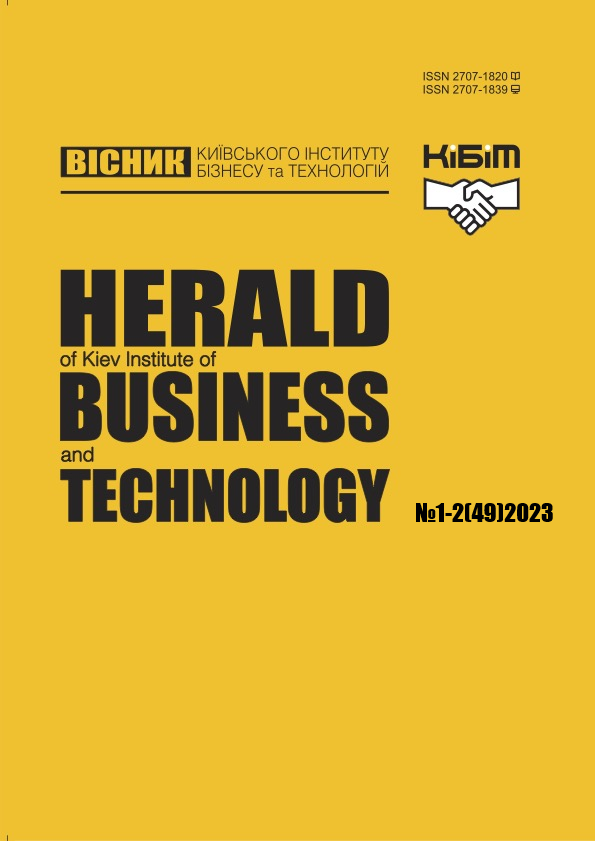SPECIFICATIONS OF SYSTEM CREATION OBJECT RECOGNITION
Abstract
The article analyzes the process of developing an application for recognition of hand gestures. From startups to international organizations, vendors and service providers are aware of the challenge of complex data processing. The digitization of various manual processes of data collection, analysis and other components has enabled businesses to achieve higher levels of productivity and make everyday life easier. One technology that has played a key role in this revolution is image recognition, a key subtask of computer vision that allows computers to interpret visual data – images and videos.
The study thoroughly covers the use of such tools as JavaScript, TensorFlow, React, WebAssembly, HTML Canvas, iTerm2 and IntelliJ IDEA, in particular, provides a brief tour of the history of creation, implementation, interaction with various libraries and frameworks, highlights the main features and benefits for the user and developer opportunities. In addition, the technical aspects of the used methods, tools and algorithms for the development of high-performance applications that can ensure high accuracy and efficiency are presented. Currently, the most important tool is IntelliJ IDEA – an integrated development environment (IDE) implemented by JetBrains for various programming languages (Java, Kotlin, Python, JavaScript), which provides extensive opportunities for high-performance software development and performs a number of important functions (refactoring, intelligent analysis and automatic code completion, a version control system, tools for building and testing projects), includes plugins that allow developers to use other programming languages, expand the IDE's capabilities and increase work productivity.
Soon, the development of neural networks and image recognition systems will lead to the creation of new applications, which will have the following implementations: autonomous vehicles, systems for medical diagnostics and risk prediction, reducing human labor and improving the efficiency of production processes. However, there are certain challenges associated with this, namely: the problem of data security, ethical issues and insufficient regulatory and legal regulation. At the same time, the opening of many opportunities for improving people's quality of life and production efficiency is inevitable.
References
2. Bandyopadhyay, H. Image Classification Explained. V7 company blog. URL: https://www.v7labs.com/blog/image-classification-guide
3. iTerm project. URL: https://iterm2.com/documentation.html
4. Mehul, M. How React works under the hood. Free Code Camp project. URL: https://www.freecodecamp.org/news/react-under-the-hood/
5. Neural Rendering: A Gentle Introduction. Datagen company. URL: https://datagen.tech/guides/synthetic-data/neural-rendering/
6. Redmon, J., Divvala, S., Girshick, R., Farhadi, A. (2015). You Only Look Once: Unified, Real-Time Object Detection. University of Washington.
7. Simon, J. Get started with HTML canvas. Creative Bloq. URL: https://www.creativebloq.com/how-to/get-started-with-html-canvas
8. TensorFlow basics. TensorFlow Core documentation. URL: https://www.tensorflow.org/guide/basics
9. What is IntelliJ IDEA? JetBrains company. URL: https://www.jetbrains.com/idea/features/





